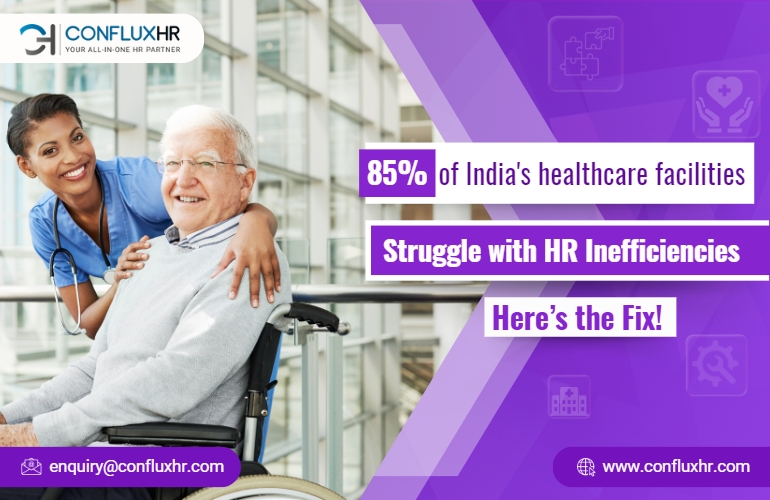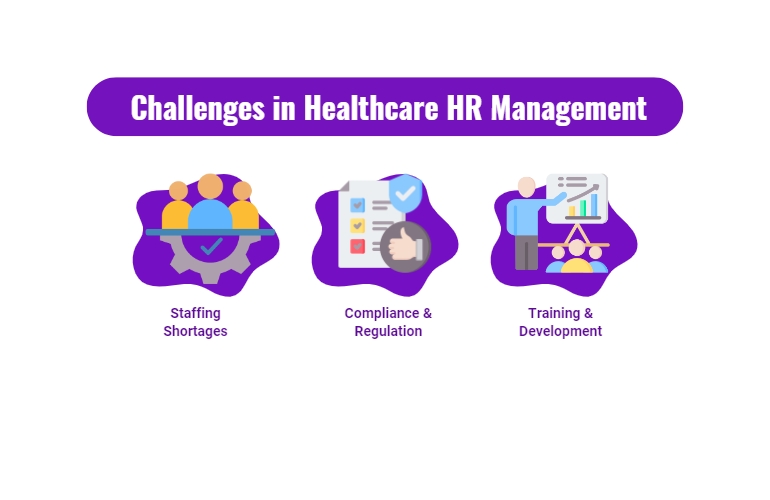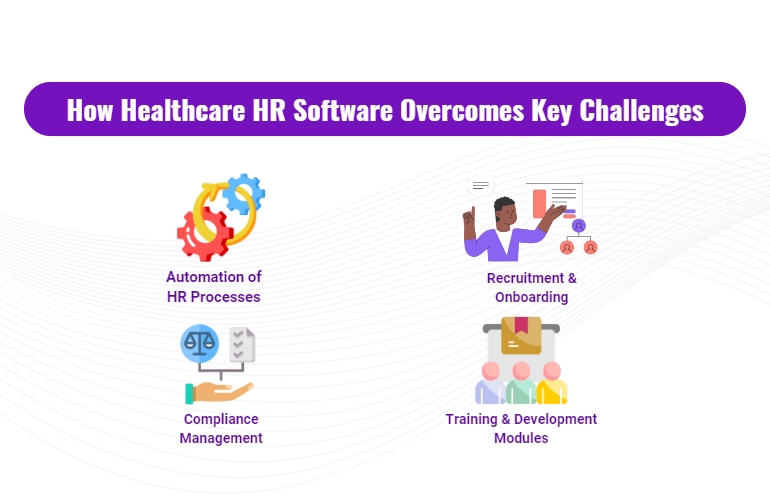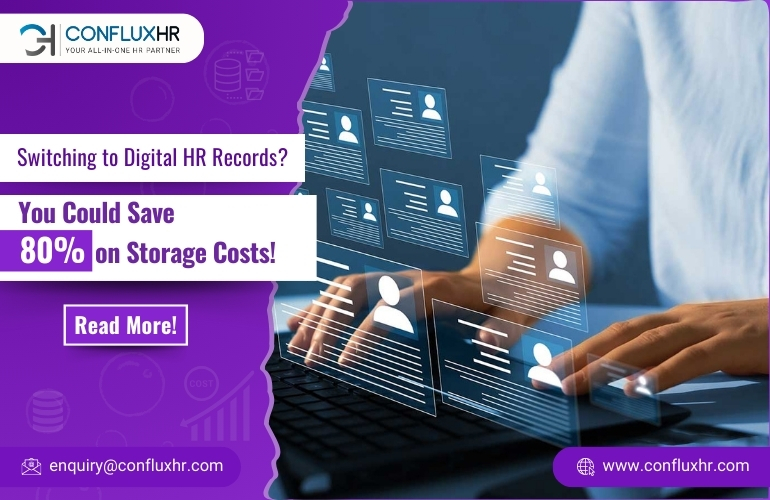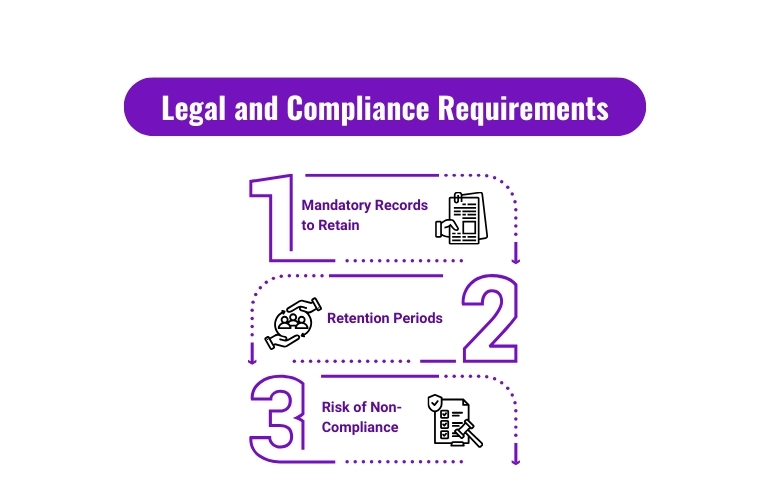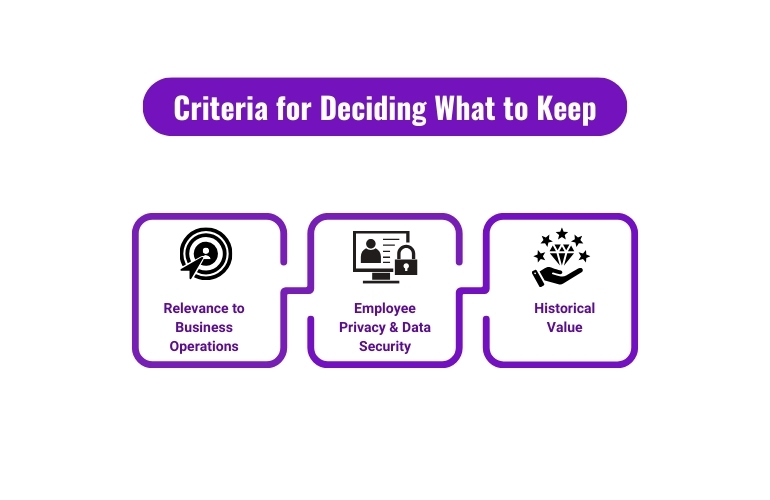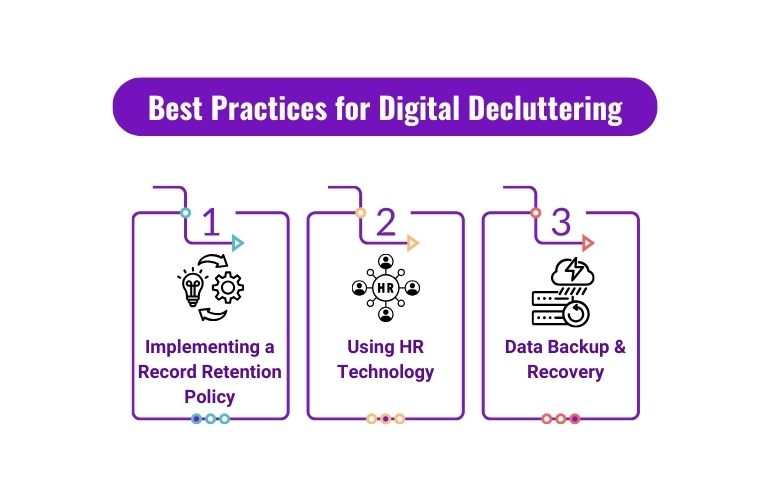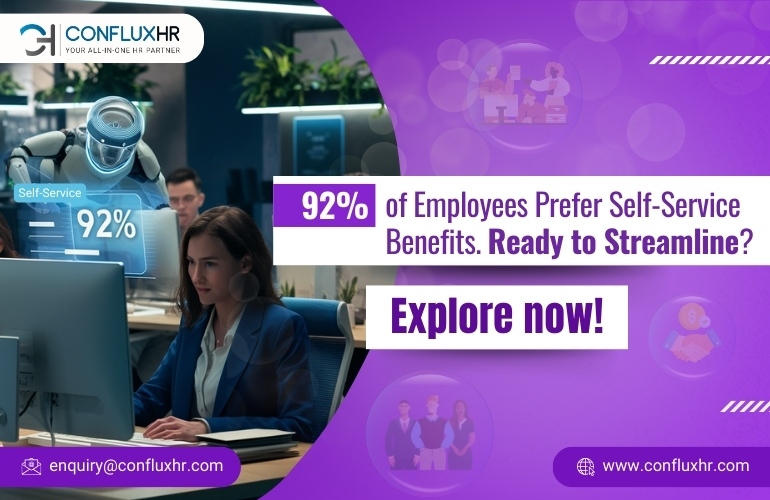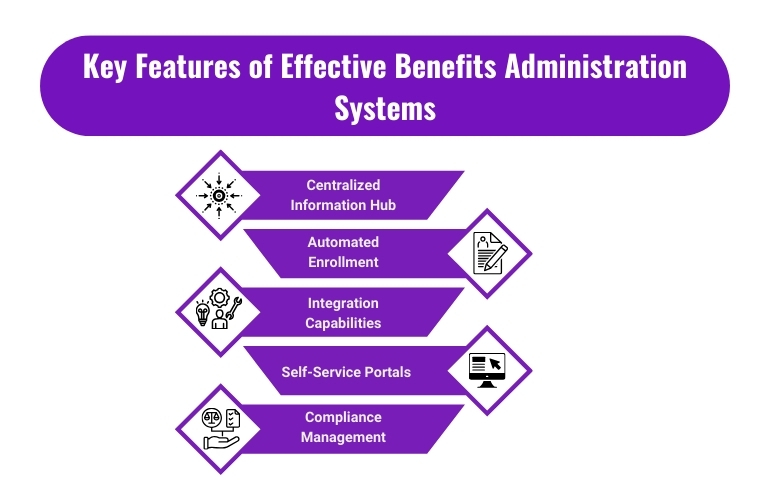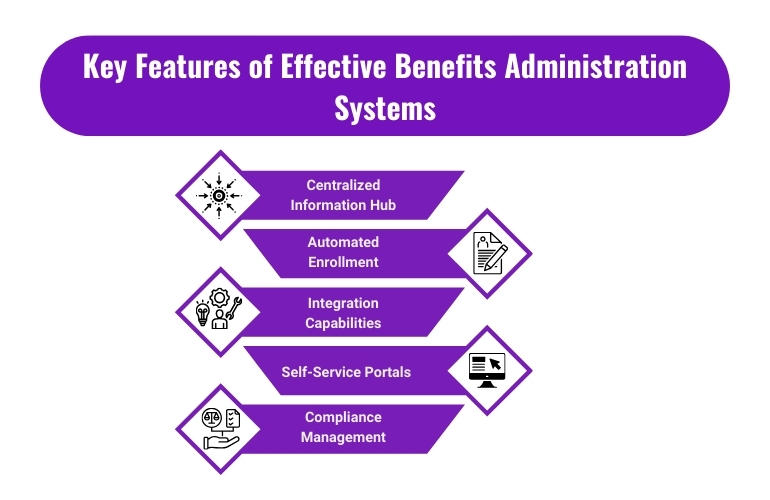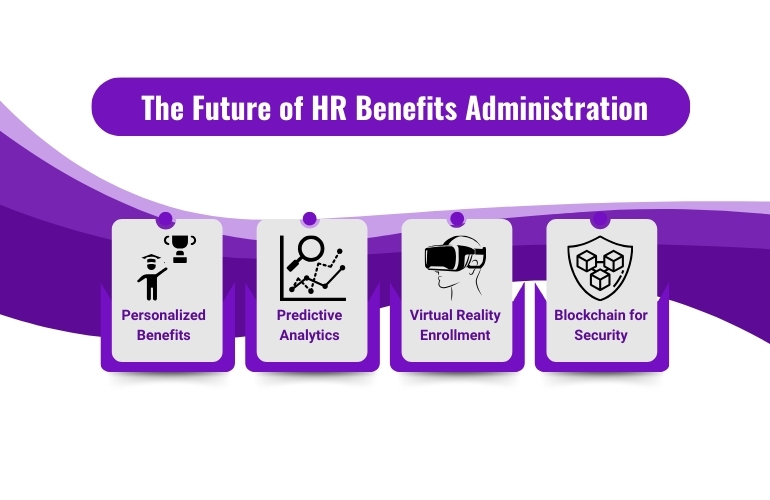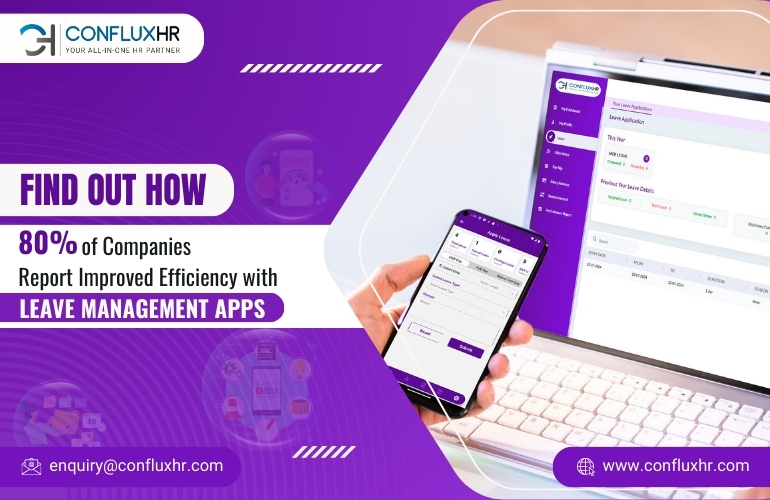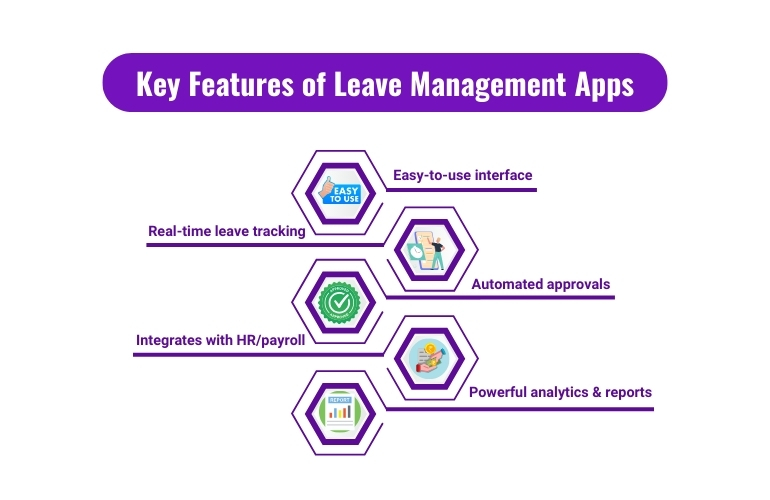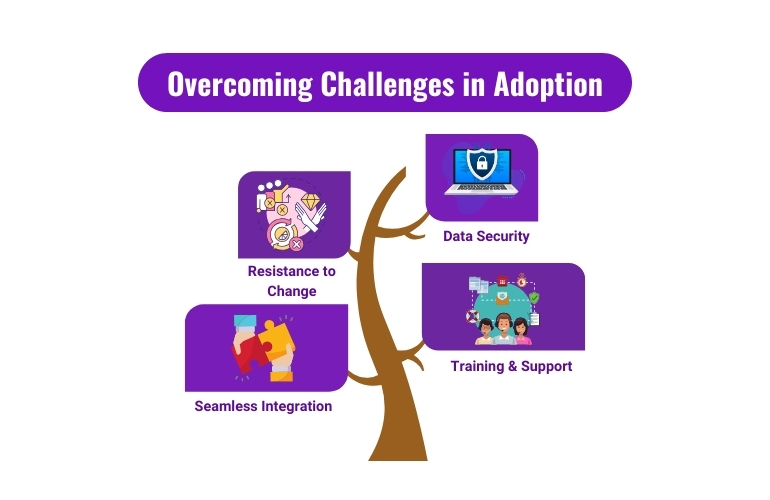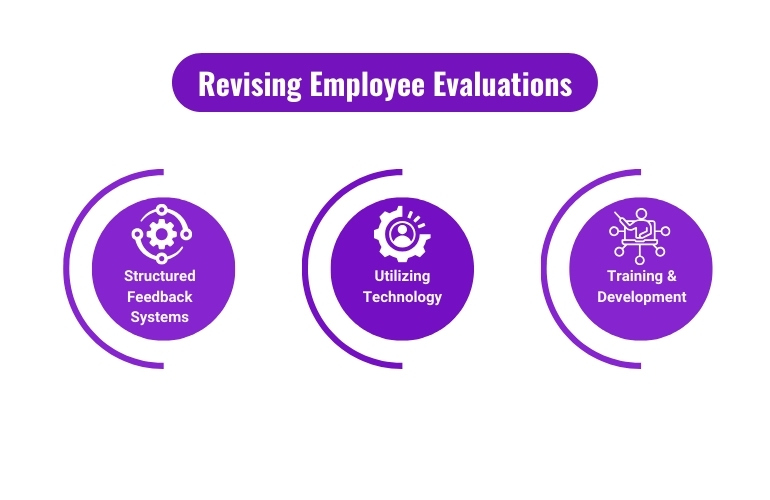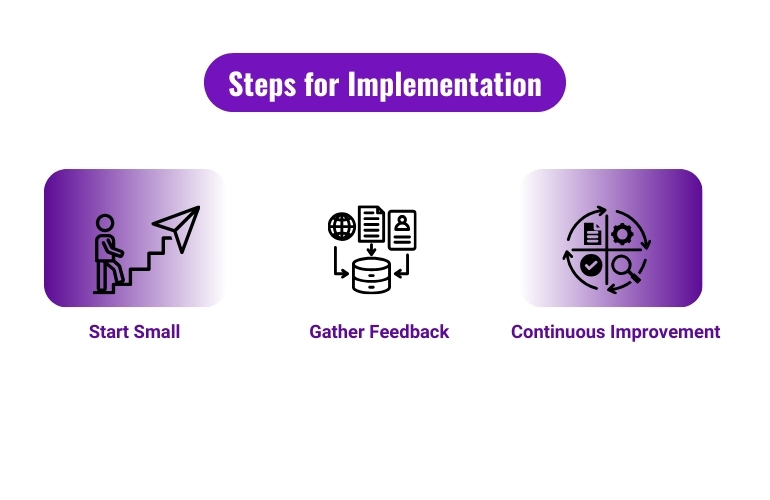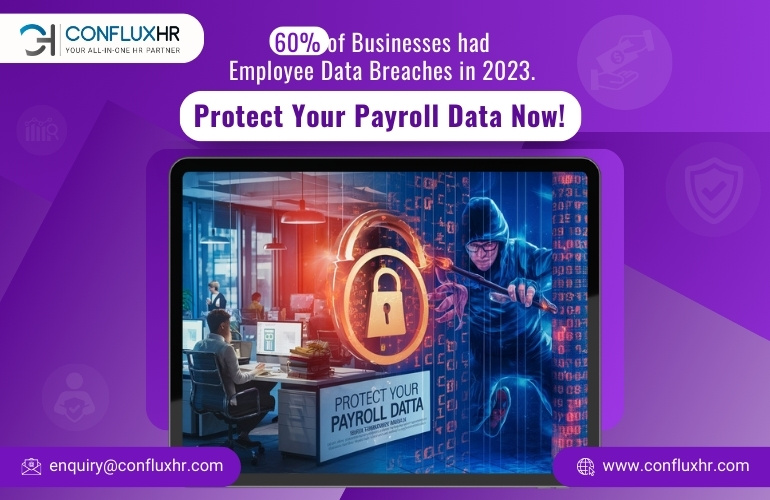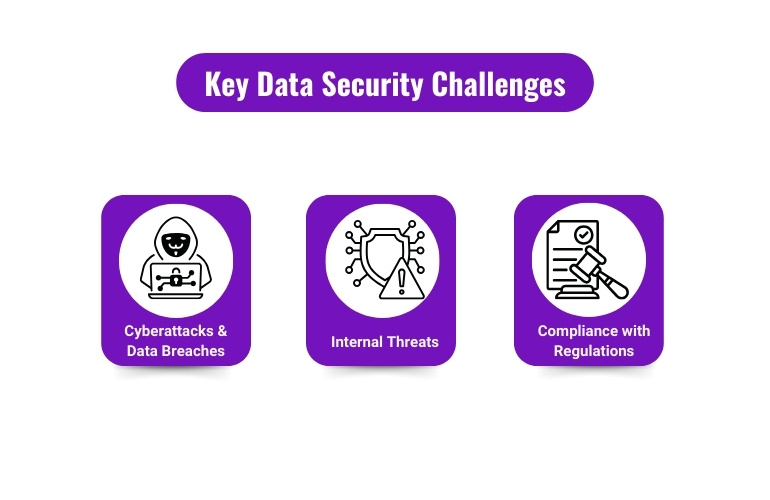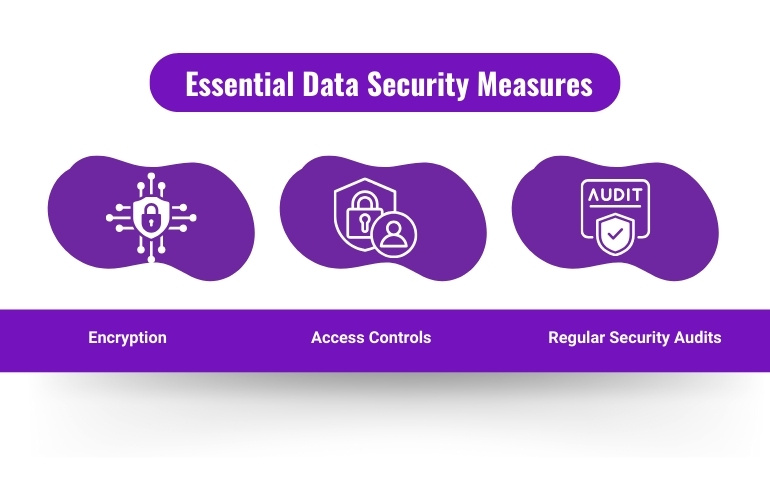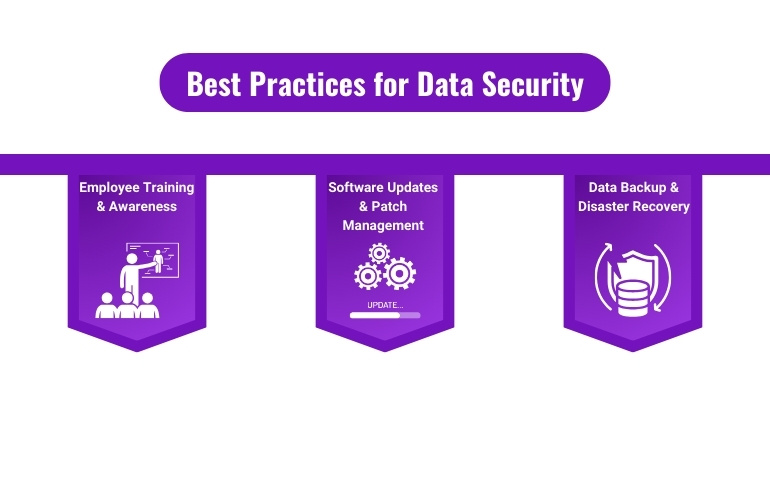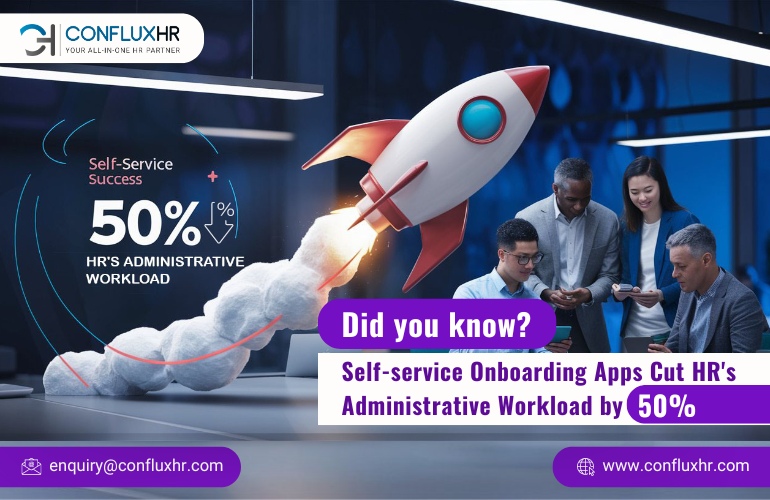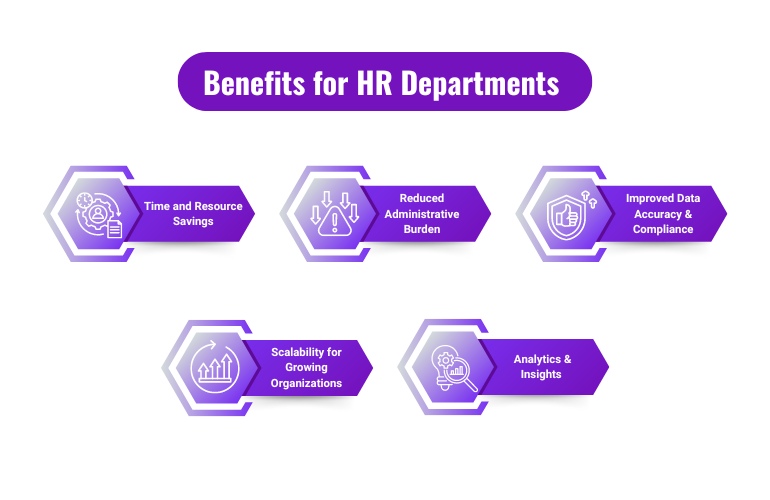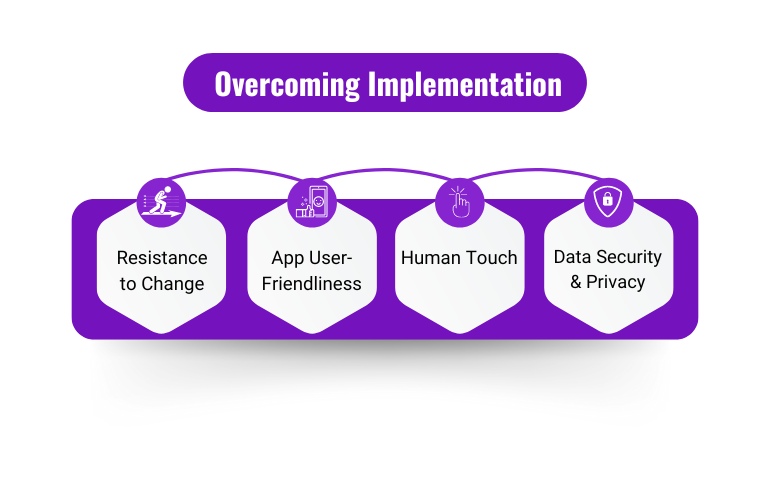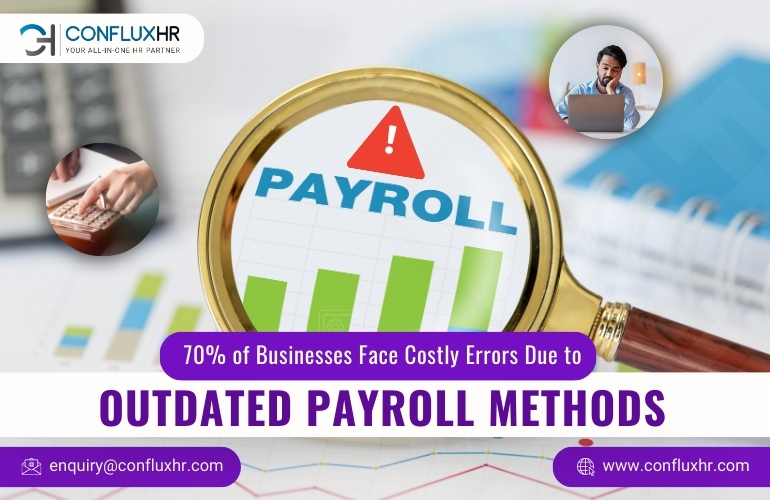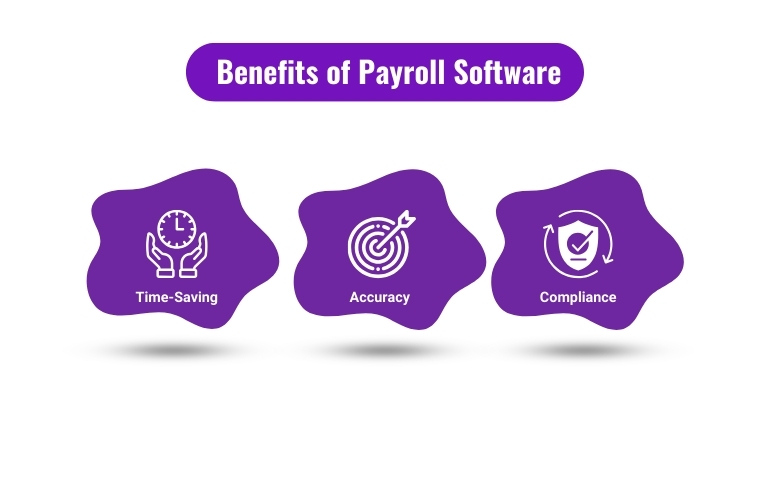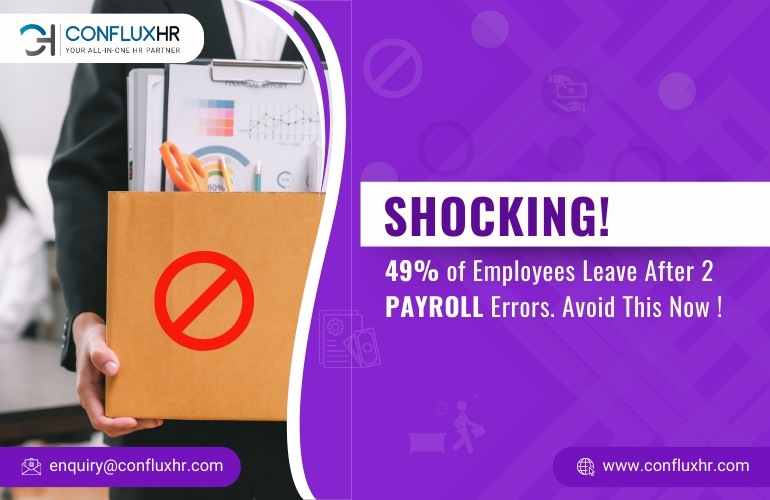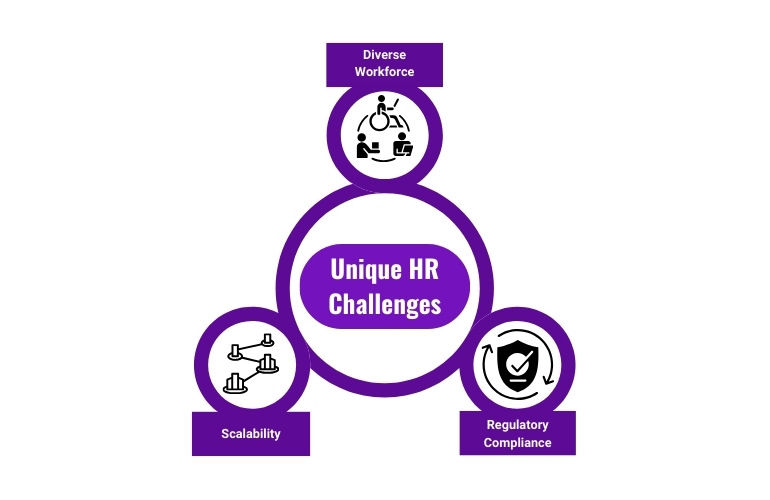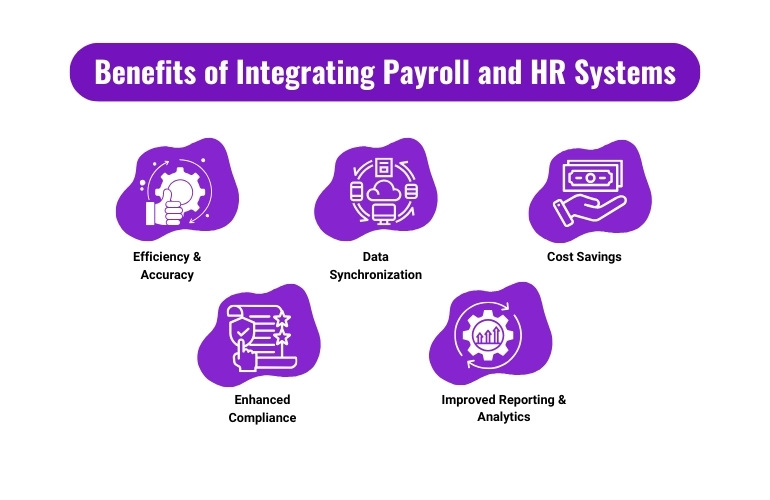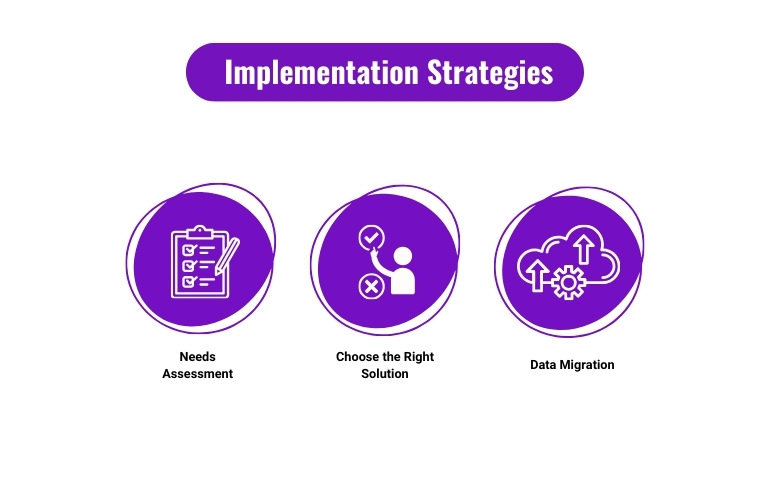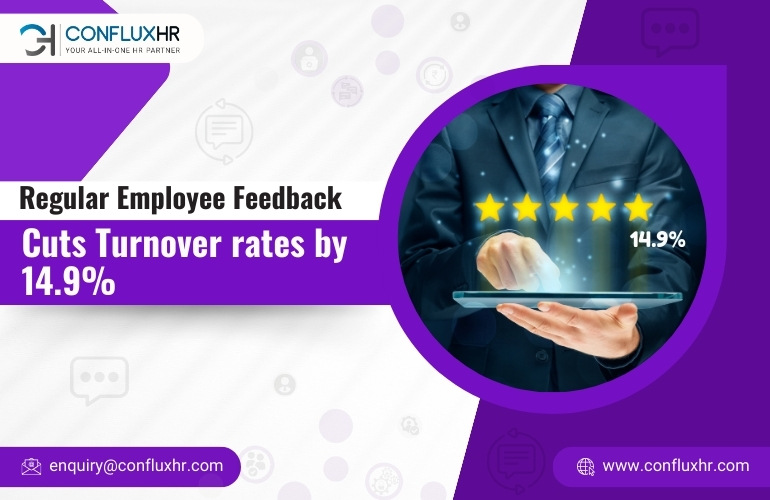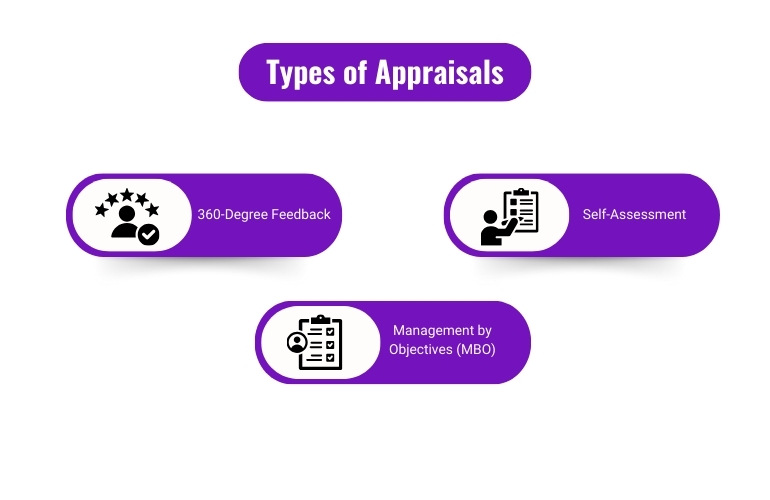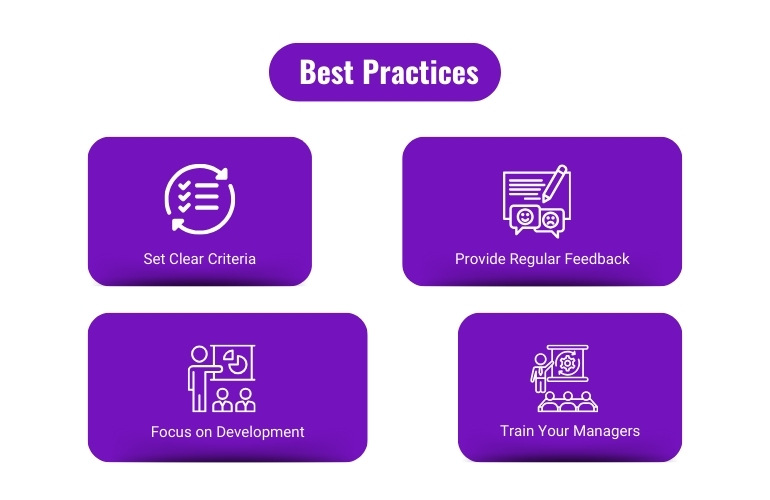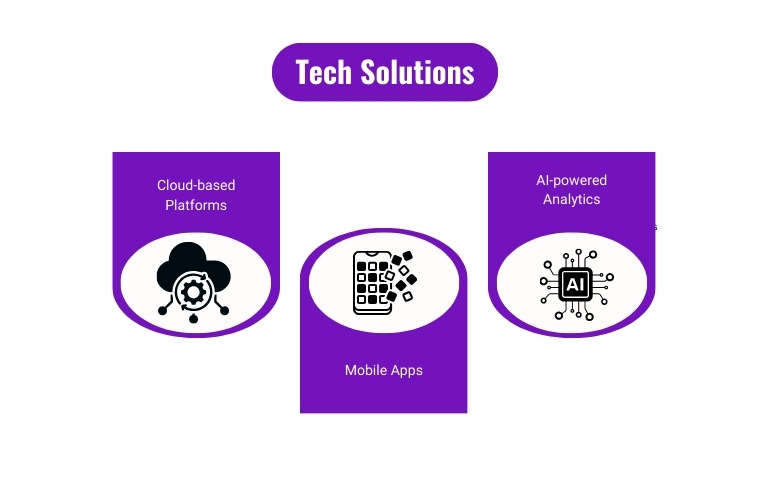In the fast-paced world of healthcare, where every second counts, having a well-managed and efficient workforce is crucial. Human Resources (HR) management in healthcare isn’t just about hiring and payroll; it’s about ensuring that the right people are in the right places, at the right times, to deliver the best possible care to patients. But here’s the catch: managing HR in a healthcare setting is no easy task. With staffing shortages, compliance requirements, and the constant need for training and development, healthcare HR teams are often stretched thin. That’s where Healthcare HR software steps in, revolutionizing how HR is managed and, in turn, transforming patient care across India.
The Importance of HR in Healthcare
Before diving into how Healthcare HR software is making a difference, let’s take a step back and examine why HR is so critical in healthcare. In any healthcare facility—whether it’s a small clinic or a large hospital—HR plays a vital role in recruiting the right talent, ensuring ongoing training, and maintaining compliance with stringent healthcare regulations.
Critical Role of HR
Recruitment in healthcare isn’t just about filling positions; it’s about finding qualified professionals who are the right fit for the facility’s needs. Whether it’s doctors, nurses, or administrative staff, having the right team in place directly impacts patient care. But it doesn’t stop at hiring. Continuous training and development are essential to keep staff updated on the latest practices, technologies, and regulations. Compliance is another area where HR plays a crucial role. Healthcare facilities must adhere to a myriad of regulations, and any slip-ups can have serious consequences—not just legally, but also in terms of patient care quality.
Impact on Patient Care
Imagine a hospital where HR is disorganized—staffing shortages are common, compliance is shaky, and training is sporadic. It’s not hard to see how this would negatively impact patient care. On the other hand, efficient HR management ensures that healthcare facilities are well-staffed with qualified professionals, which directly influences the quality of care patients receive. This is why the role of HR in healthcare is not just important; it’s indispensable.
Challenges in Healthcare HR Management
Despite its importance, managing HR in healthcare comes with its own set of challenges, especially in a country as diverse and vast as India.
Staffing Shortages
Staffing shortages are a significant issue in Indian healthcare. With a growing population and increasing demand for healthcare services, the need for qualified healthcare professionals is higher than ever. Poor HR management can exacerbate these shortages, leading to burnout among existing staff and a decline in patient care quality.
Compliance and Regulation
Compliance with healthcare regulations is another major challenge. The Indian healthcare sector is governed by a complex web of regulations, and maintaining compliance requires meticulous record-keeping and reporting. Manual processes are often error-prone and time-consuming, making it difficult for HR teams to stay on top of everything.
Training and Development
Finally, continuous training and development are essential in healthcare. Medical practices and technologies are constantly evolving, and healthcare professionals need to stay updated. However, managing training schedules and ensuring that all staff receive the necessary training can be a logistical nightmare, especially in larger facilities.
How Healthcare HR Software Addresses These Challenges
Now that we’ve outlined the challenges, let’s explore how Healthcare HR software is addressing them and transforming patient care across India.
Automation of HR Processes
One of the biggest advantages of Healthcare HR software is automation. Routine HR tasks like payroll, leave management, and employee records can be automated, freeing up time for more strategic functions. This not only reduces the administrative burden on HR teams but also minimizes the risk of errors.
Recruitment and Onboarding
Healthcare HR software also streamlines the recruitment and onboarding process. By automating job postings, applicant tracking, and onboarding procedures, the software ensures that healthcare facilities can quickly fill critical positions with qualified staff. This is especially important in addressing staffing shortages.
Compliance Management
Compliance is another area where Healthcare HR software shines. The software can automate record-keeping and reporting, making it easier for healthcare organizations to stay compliant with industry regulations. This not only reduces the risk of legal issues but also ensures that patient care standards are consistently met.
Training and Development Modules
Finally, Healthcare HR software often includes training and development modules that make it easier to manage ongoing staff education. Whether it’s scheduling training sessions or tracking employee progress, the software ensures that healthcare staff are up-to-date with the latest practices and technologies, which directly benefits patient care.
How Successful Implementation in India Would Work
To understand the real-world impact, let’s explore a couple of examples where Healthcare HR software has been successfully implemented in India.
Case Study 1: Reducing Staffing Shortages
A large hospital in Mumbai implemented Healthcare HR software to address its staffing shortages. By automating the recruitment and onboarding process, the hospital was able to fill critical positions more quickly, reducing the strain on existing staff and improving patient care quality.
Case Study 2: Improving Compliance and Training
A healthcare organization in Delhi used to enhance its compliance management and training programs. The software’s automation features made it easier to maintain compliance with regulations and ensure that all staff received the necessary training. The result? Better compliance, more confident staff, and improved patient outcomes.
The Future of Healthcare HR Software in India
As more healthcare facilities in India adopt HR software, the potential for transforming patient care on a larger scale is enormous.
Growing Adoption
The adoption of Healthcare HR software is on the rise in India, and it’s not hard to see why. With its ability to automate routine tasks, streamline recruitment, and ensure compliance, the software is becoming an indispensable tool for healthcare HR teams.
Integration with Other Healthcare Technologies
Looking ahead, there’s also potential for integrating HR software with other healthcare technologies like Electronic Health Records (EHR) and telemedicine. This could create a more cohesive and efficient healthcare system, further improving patient care.
Continuous Improvement
Finally, as the healthcare industry evolves, so too must Healthcare HR software. Continuous improvement and updates will be essential to ensure that the software meets the changing needs of healthcare organizations and continues to contribute to better patient care.
Conclusion
In conclusion, Healthcare HR software is transforming patient care across India by improving HR efficiency, compliance, and staff management. By addressing the challenges of staffing shortages, compliance, and training, the software is helping healthcare facilities deliver better care to patients. As adoption continues to grow and the software evolves, the future of healthcare in India looks brighter than ever. It’s time for healthcare organizations to consider adopting HR software to enhance their HR practices and ultimately improve patient care.


